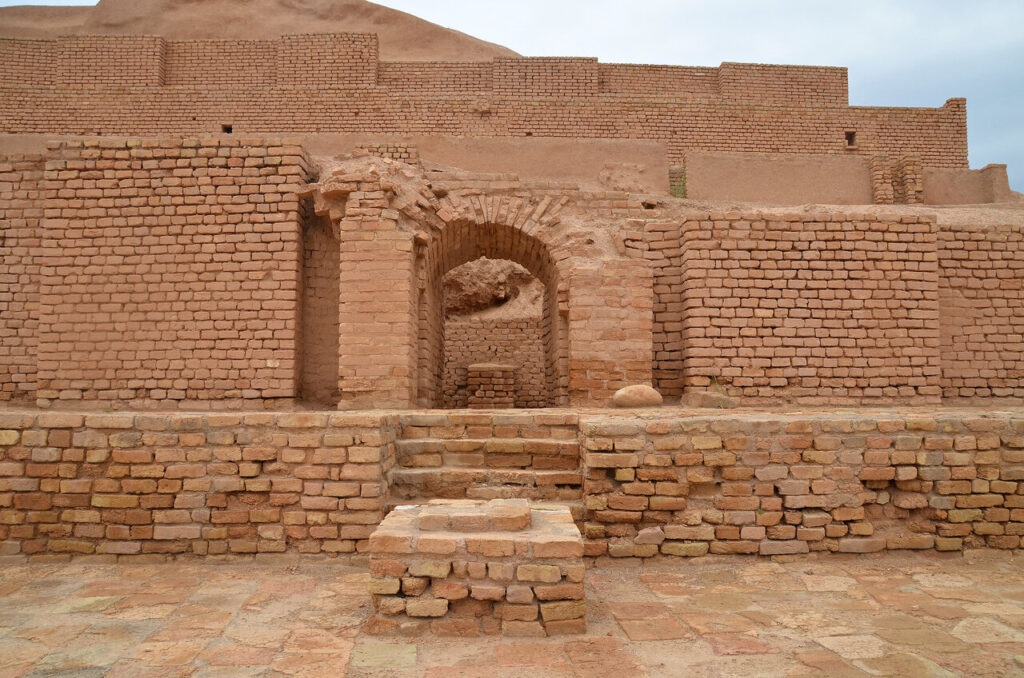Tehran – The first phase of the professional conservation and restoration project of the Inshushinak temple on the first floor of Tchogha Zanbil Ziggurat in Khuzestan Province was announced by cultural heritage officials, announced on Monday.
Thogha Zanbil and Atefeh Rashnoei, director of the Haft Tappeh World Heritage Base, said the project was carried out in line with international standards for the preservation of soil heritage structures, focusing on authenticity, integrity and long-term stability.
Rashnoei emphasized that maintenance work prioritizes minimal intervention, the use of compatible, uniform materials, and ongoing monitoring of existing damages, ensuring that the current condition of the temple is stable and future degradation is prevented.
The project aims to maintain the credibility of materials and structures, increase the readability of temple architectural forms, and extend the life of the building while reducing potential threats, she explained.
The project strictly adhered to theoretical principles of conservation, such as the Venice Charter and the ICOMOS guidelines for the preservation of soil architecture, officials explained.
The Inshusinak Temple, thought to have been built around 1250 BC, is one of the most important components of the Tochogazan bilgegrat, and in itself is one of the world’s largest madbrick structures and one of the early UNESCO World Heritage Sites listed in Iran. The temple is dedicated to Inshushinak, the main deity of Susa, and is a prime example of the mastery of eramite architecture.
Rashnoei emphasized that urban conservation, which protects temples in their original location, was the central approach of the project, ensuring that historical layers are uninterrupted and allow for a deeper understanding of the evolution of monuments in their natural and cultural contexts.
“The conservation of Inshushinak Temple marks another step towards sustainable protection of this extraordinary global heritage site,” she notes, and the project strengthens its commitment to long-term preservation of the Chogazanville complex, ensuring its value will withstand future generations.
Thogha Zanbil, also known as the Zigrat of Dur-Antash, was featured on the UNESCO World Heritage List in 1979 as the first entry in Iran. The site continues to attract international attention as a prominent expression of Elamite Civilization and its architectural achievements.
morning

